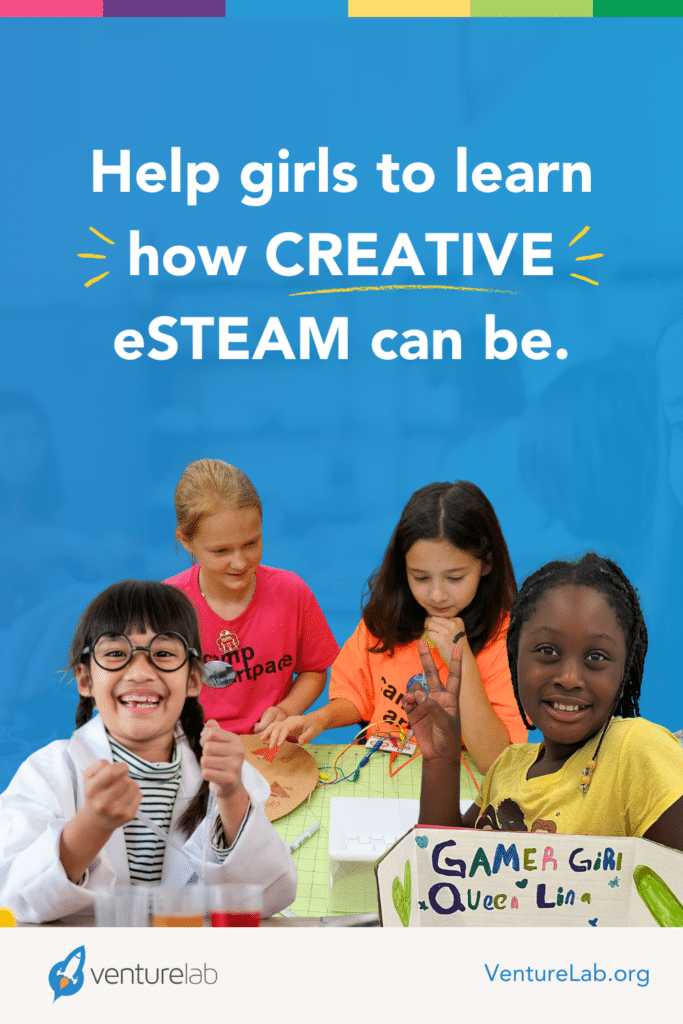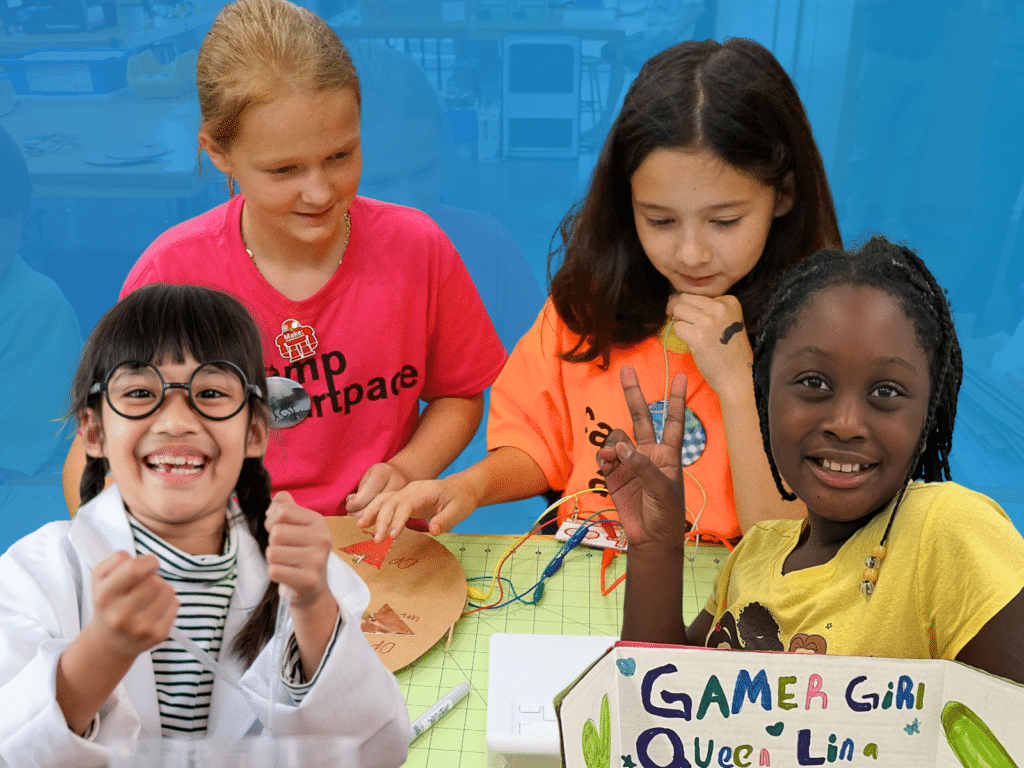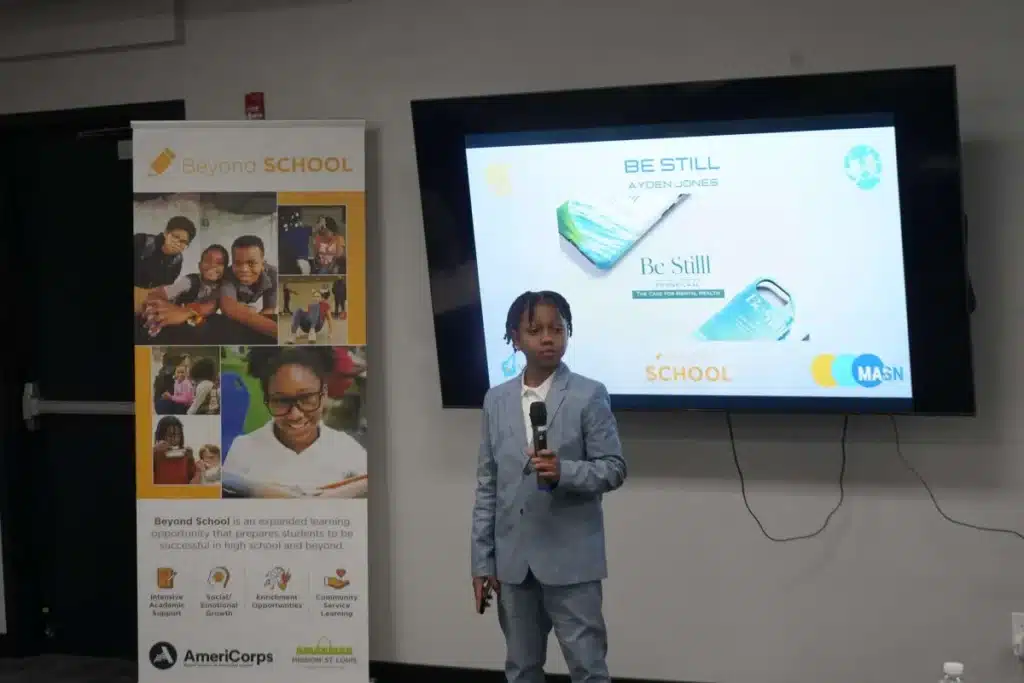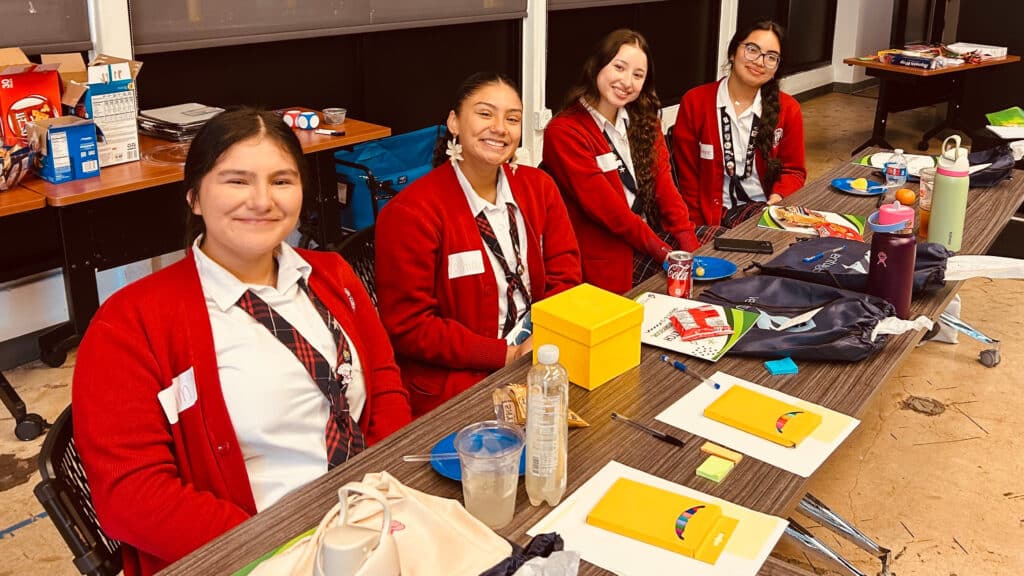Over my last few posts, you’ve discovered four of the seven strategies that I’ve been outlining for you that can help you encourage creativity and curiosity in girls. So far, I’ve explored the need to reawaken a drive in children, to encourage children to learn differently, to allow children’s play to be a creative outlet for discovery and to encourage a change in perspective so children can see things from another angle.
Here is the fifth strategy for encouraging curiosity in children:
5. Demonstrate creativity in eSTEAM
Many girls imagine themselves pursuing fields traditionally thought of as creative: literature, fine arts, art history, theater, music, film. Start a conversation with a girl about fields that are creative, and sadly, she’s not nearly as likely to mention science, engineering and technology as she is art, music, theater and writing.
What many girls don’t realize is how creative the eSTEAM fields can be. As a refresher, eSTEAM refers to the fields of science, technology, engineering, arts and mathematics, with an added entrepreneurial emphasis. Many girls have never been exposed to the challenges that are possible once they have achieved basic mastery in math, computers, engineering and science. They don’t realize that many global challenges need creative technology solutions. They have never experienced the thrill of solving a mechanical challenge with creatively inspired engineering. They don’t perceive eSTEAM as a creative hotbed for innovation.
Girls who could become scientists, engineers and entrepreneurs often take a different track because they want to do something creative. So they end up spending their college years pursuing degrees in fine arts, theater or literature. STEAM fields can be wildly creative, but girls may not realize it.
Fortunately for the intrepid Rachel Kast, a biomedical engineer in the making, her parents were both engineers who not only demonstrated that STEAM could be creative, but also that the arts could be “science-y.”
“My parents are engineers, my godmother’s an engineer, there are engineers all over my family,” Kast says, “so it never occurred to me that I couldn’t do it. I just didn’t want to be the nerd stereotype. Looking back, it’s funny, but at the time it was terrible anytime I did a high school or middle school project. My parents never let me take the easy way out,” she says.
“In middle school we had to build a mobile, like the ones you hang over a baby’s crib. All the other kids got to do these cool, arty ones, and my dad and I built one with dowels and wooden blocks, and he made me figure out the movement arms. Originally my teacher gave me a ‘C’ because it was ugly. Then my friends said, ‘Wait, she did all the math for hers!’ My teacher changed my grade to an ‘A’ when he realized that I did all the physics behind it as well. My dad made me do it the real ‘science-y’ way.”

Kast went on to become a PhD biomedical engineer who now mentors engineering students.
Entrepreneurial education changes perceptions by letting girls experience how truly creative science and technology can be. “You can be creative in anything—in math, science, engineering, philosophy—as much as you can in music or in painting or in dance,” says Sir Ken Robinson, an education system iconoclast.
An entrepreneurial approach immerses girls in creative problem-solving where the solutions can involve an array of disciplines, and technology is part of a creator’s toolkit. In fact, it’s hard to think of any challenge on the globe today—energy, health, agriculture, communications, transportation, or world peace—with a quiver of possible solutions that do not involve creative arrows of technology, engineering and science.
Lane Kolbly, a male computer science major who would like to see more women in the fields, wants young women, including his younger sister, to know this: “With engineering and computer science, you can do anything,” he says.
I’d love to hear from you about how you’re encouraging the girls in your life to consider the STEAM fields. Are you having conversations with them to help them understand that basic mastery in mathematics and computers can also lead to creativity as well? Thank you for sharing.




